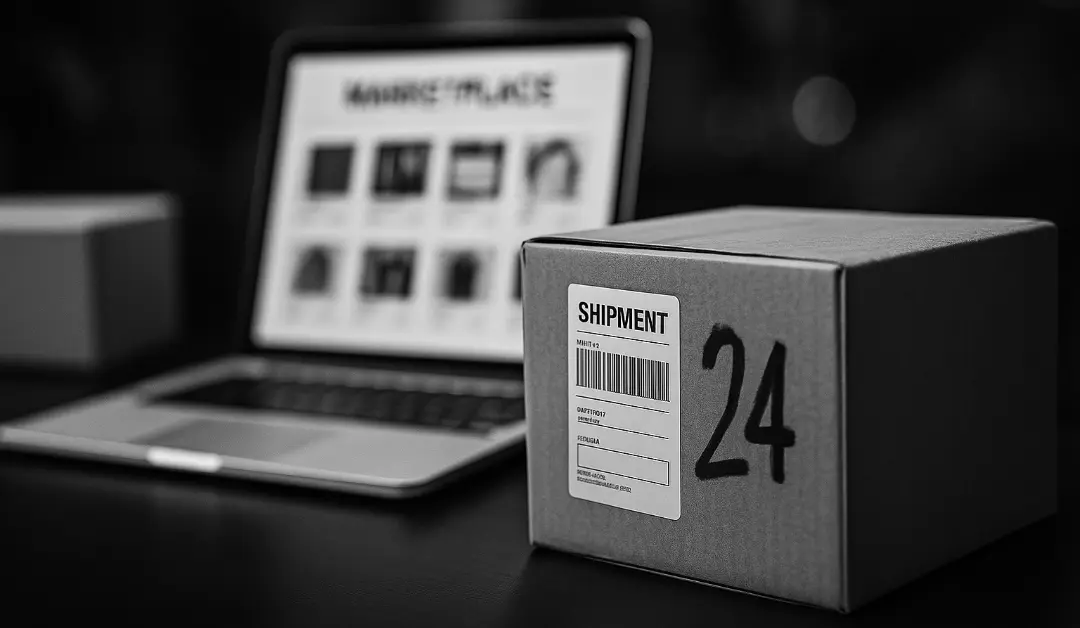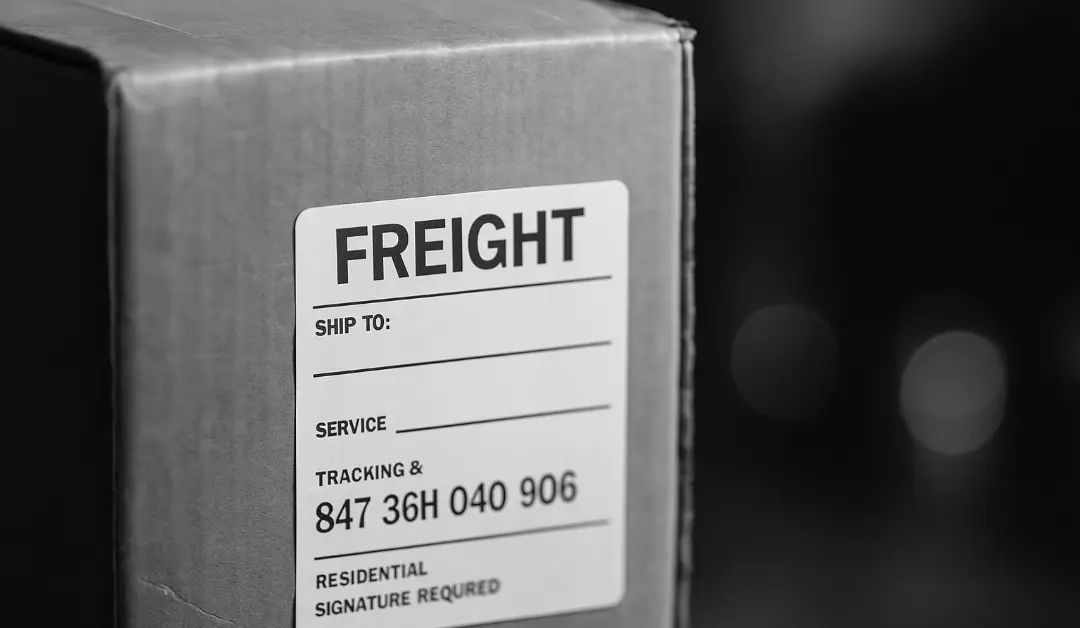Introduction
In the fast-paced arena of e-commerce, every second counts. The journey from a customer’s click to their eagerly awaited package arriving at their doorstep must be seamless, efficient, and cost-effective. This is where the magic of shipping integration comes into play. In this article, we’ll explore how these integrations are revolutionizing the e-commerce landscape and how they can supercharge your online business. So, fasten your seatbelts as we embark on this e-commerce journey.
The Basics of Shipping Integration
At its core, shipping integration is making different parts of the e-commerce puzzle fit together perfectly. It’s about connecting your online store with the services of major shipping carriers, creating a harmonious symphony of data and logistics.
Why Do Businesses Need Shipping Integration?
In e-commerce, where time is money, efficiency is the name of the game. Shipping integration offers a streamlined, automated process for order fulfillment. When a customer places an order, all the relevant information – the shipping address, order items, and particular shipping preferences – is captured automatically. No more manual data entry, no more room for errors.
Critical Components of Shipping Integration
Let’s dive deeper into what makes this integration tick:
Integration with E-commerce Platforms
The cornerstone of shipping integration is connecting your online store and the integration system. This integration eliminates the need for manual data transfer, reducing the risk of errors and saving precious time. Leading e-commerce platforms like Shopify, WooCommerce, and Magento all support this process.
Automatic Order Processing
Say goodbye to manually processing orders. Shipping integration does the heavy lifting, capturing orders as soon as they’re placed on your website. This automation is like having a reliable personal assistant for your e-commerce business.
Seamless Carrier Connections
Shipping integration connects your business with major shipping carriers like USPS, FedEx, UPS, and DHL. This direct link gives you access to real-time shipping rates. When a customer checks out, the integration calculates the shipping costs based on the destination, package dimensions, weight, and selected shipping method. This ensures that your customers get accurate and up-to-date shipping costs.
Label Printing and Package Tracking
Creating shipping labels is a breeze with shipping integration. Whether you’re handling a handful of orders or a truckload, labels can be generated and printed in a snap. This speeds up the process and reduces the chances of errors creeping in.
Customers are always curious about the status of their orders, and shipping integration ensures they’re in the loop. Real-time package tracking allows your customers to monitor their shipment’s progress. Automated notifications, from order confirmation to shipping updates, keep them informed and enhance their overall experience.
Inventory Management and Stock Updates
Inventory management is another ace up the shipping integration sleeve. It allows you to monitor stock levels. As orders roll in, the system can automatically update product availability on your website, ensuring that customers see only what’s in stock. This feature is precious for preventing overselling and maintaining an accurate product catalog.
Benefits of Shipping Integration
Now that we’ve explored the inner workings, let’s explore the benefits.

Efficiency and Cost Savings
Efficiency is at the core of shipping integration. With the automated processes in place, you’ll reduce manual labor and cut down on errors. This translates to significant time and cost savings in your e-commerce operation. Streamlining order fulfillment means getting packages out the door faster and trimming operational expenses.
Improved Customer Experience
Your customers will notice the difference. Accurate shipping costs, real-time tracking, and automated notifications enhance the overall shopping experience. Customers know what to expect, feel more in control, and trust your business’s commitment to transparency.
Examples of Successful Shipping Integration
Real-world success stories are always inspiring. Consider the case of a growing e-commerce business that embraced shipping integration. With orders pouring in, they needed an efficient way to manage their shipping processes. After integrating their platform with major carriers and automating order processing, their fulfillment process became a well-oiled machine. Packages were shipped faster, errors were minimized, and customers praised the speed and accuracy of their orders. The result? A thriving e-commerce enterprise that delivered on its promises.
Considerations for Implementing Shipping Integration
Before you jump on the shipping integration bandwagon, there are a few crucial considerations to keep in mind:
Choosing the Right Integration Solution
Not all integration tools are created equal. It’s essential to choose a solution that aligns with your business needs. Whether you’re a small, nimble startup or a large, established e-commerce giant, customization options should be available to cater to your unique requirements.
Conclusion
In the ever-evolving landscape of e-commerce logistics, shipping integration is a game-changer. It’s the bridge that connects your online store to the vast landscape of shipping carriers, ensuring that your customers’ orders reach their destination swiftly and accurately. It’s the guardian of efficiency, the gatekeeper of cost savings, and the deliverer of exceptional customer experiences. As you consider the future of your e-commerce business, think of shipping integration as your trusted ally. With its power, you’re not just shipping packages but shaping a future where efficiency, accuracy, and customer satisfaction reign supreme.




